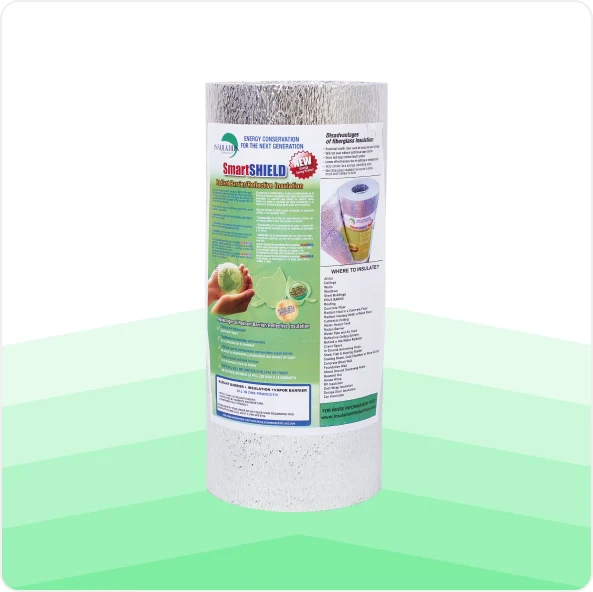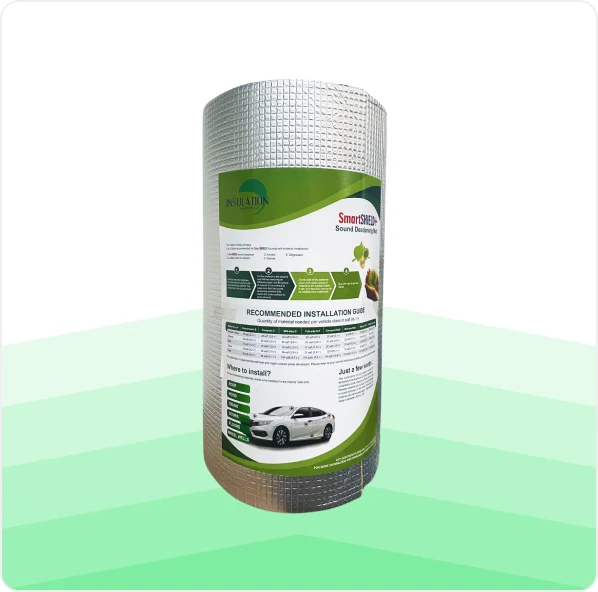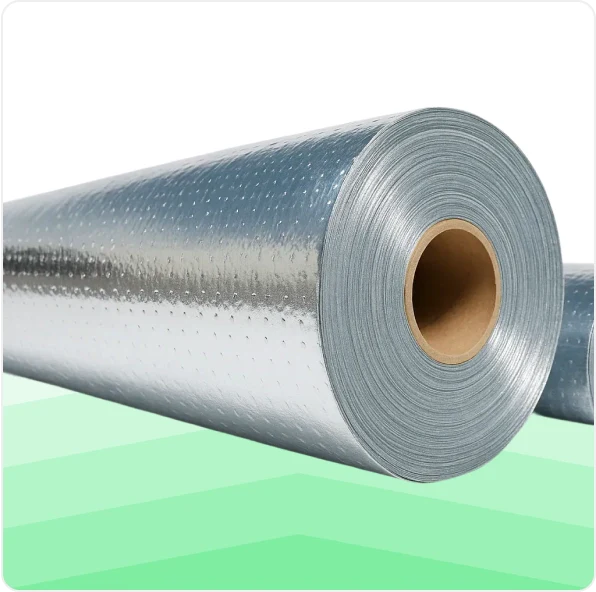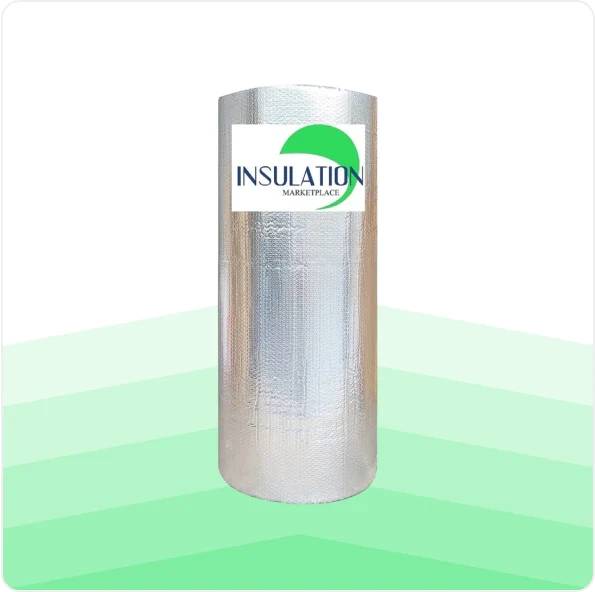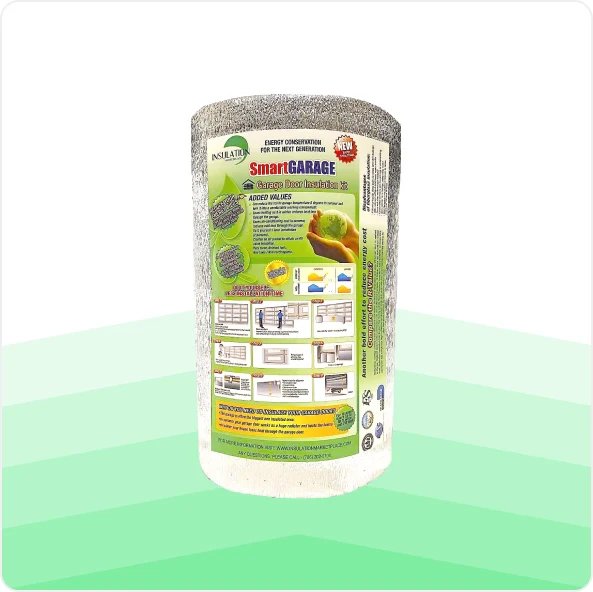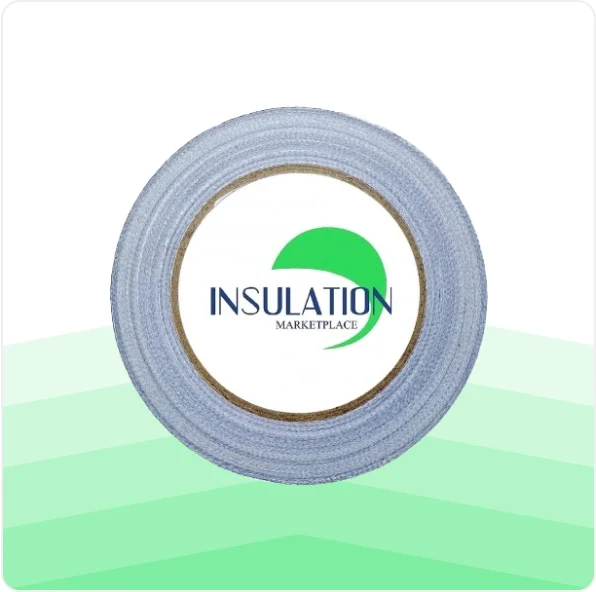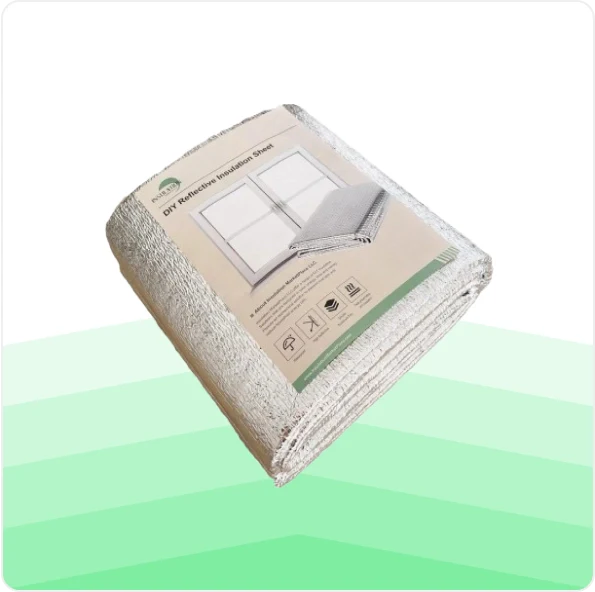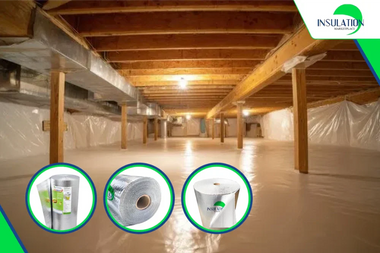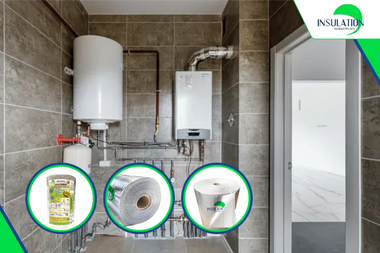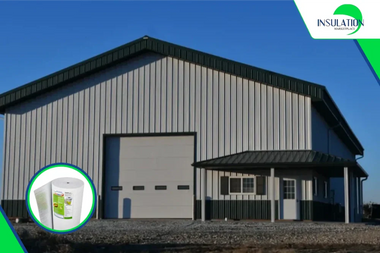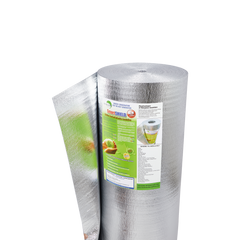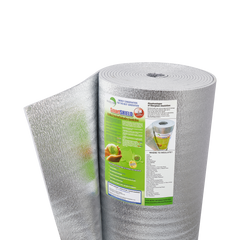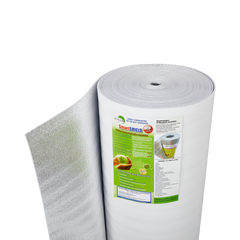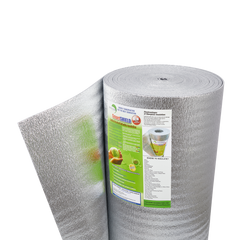If you have ever stepped into your attic on a summer day, you know how stiflingly hot it can become. This trapped heat not only makes the attic unbearable but also raises the temperature in the rest of the home. As a result, your cooling system works overtime and energy bills soar. One of the most effective solutions for this problem is installing a radiant barrier. But how much does radiant barrier reduce temperature in attic environments, and is it worth the investment?
Radiant barrier insulation works differently from traditional insulation. Instead of slowing down heat conduction, it reflects radiant heat before it can enter your home.
In this article, we will break down how radiant barriers work, how much temperature reduction you can expect, and why they are one of the smartest upgrades for improving your home’s energy efficiency.
What is a radiant barrier and how does it work?
A radiant barrier is a reflective insulation material typically made with a layer of aluminum foil bonded to a substrate such as polyethylene foam or plastic film. Unlike traditional insulation that slows conductive and convective heat, a radiant barrier reflects radiant heat energy away from the living space. This makes it especially effective in hot climates and in attic applications.
Radiant barriers are usually installed on the underside of the roof, along the rafters, or over existing insulation. Their main job is to reflect the sun’s radiant energy before it can be absorbed into the attic, helping keep the space cooler and more stable in temperature.
How much does radiant barrier reduce temperature in attic?
So how much does radiant barrier reduce temperature in attic environments in practical terms? Studies and field data show that radiant barrier insulation can lower attic temperatures by 20 to 30 degrees Fahrenheit on a typical summer day. In some cases, especially in areas with high sun exposure and poor existing insulation, reductions can be even higher.
For example, if your attic regularly reaches 140 degrees during peak heat, a properly installed radiant barrier can bring that down to around 110 to 120 degrees. That 20 to 30 degree difference translates directly into cooler ceiling surfaces and reduced thermal load on your HVAC system.
Keep in mind that while the temperature drop in the attic is significant, the biggest benefit comes from how much less heat enters your living space. A cooler attic means your air conditioning system does not have to fight against constant upward heat, which results in faster cooling, less energy use, and a more comfortable indoor environment.

Radiant Barrier vs. Traditional Insulation
Traditional insulation materials like fiberglass batts or cellulose slow down the transfer of heat but do not prevent it entirely. They absorb heat and gradually release it into the home. This means that during prolonged sun exposure, your attic still heats up significantly even if you have a thick layer of fiberglass insulation.
In contrast, radiant barriers act as a shield. They reflect up to 97 percent of radiant heat before it has a chance to be absorbed into the attic or living space. This reflective approach makes radiant barriers an ideal complement to traditional insulation, especially in regions with hot summers.
Where and how to install radiant barriers?
Radiant barriers are typically installed in one of three places within the attic:
- Under the roof rafters: This is the most common method and offers the best performance by reflecting heat before it enters the attic space.
- Laid over existing attic insulation: This approach is often used in retrofit applications. It helps block rising radiant heat and can be done with minimal disruption.
- Attached to attic walls or gable ends: In some homes, radiant barriers are added to the vertical surfaces inside the attic to block heat coming from the sides.
For best results, the radiant barrier should be installed with an air gap on one side. This allows it to reflect heat efficiently. The foil should face the air space and be kept clean to maintain reflectivity over time.
Professional installation is always an option, but many radiant barriers are designed for DIY applications. With the right tools and safety precautions, homeowners can install reflective insulation themselves in just a few hours.
Reflective insulation rolls like SmartSHIELD or SmartBUBBLE are ideal for this application. They are flexible, lightweight, and designed for easy trimming and fitting between rafters or over attic flooring.
How radiant barrier products like SmartSHIELD and SmartBUBBLE make a difference?
Not all radiant barriers are created equal. Products like SmartSHIELD and SmartBUBBLE from Insulation MarketPlace are engineered to maximize heat reflection while offering easy installation and long term durability.
SmartSHIELD combines double sided reflective foil with a closed cell polyethylene foam core. This gives it excellent resistance to radiant, conductive, and convective heat transfer. It is lightweight, moisture resistant, and non toxic, making it suitable for a wide range of applications.
SmartBUBBLE adds a bubble core between layers of reflective foil. This structure increases its thermal resistance and helps improve energy performance in both summer and winter conditions. Both products are ideal for attics, walls, garages, and more.

How to know if your attic needs a radiant barrier?
If your home experiences any of the following issues, your attic may be a good candidate for a radiant barrier:
- Noticeably hotter rooms on the upper floor
- High energy bills during the summer months
- An attic that feels extremely hot and stagnant during the day
- HVAC equipment that runs constantly to maintain temperature
In many cases, even homes with good bulk insulation still suffer from radiant heat buildup that a traditional solution cannot fully address. A radiant barrier fills that gap and helps turn your attic into a more temperature-stable zone.
Improve attic comfort and energy savings with the right insulation
Understanding how much does radiant barrier reduce temperature in attic conditions highlights just how powerful and practical this solution can be. By reflecting radiant heat before it enters your home, you reduce attic temperatures by 20 to 30 degrees or more, improve comfort, and lower your energy usage.
With the potential to lower attic temperatures by 10 to 30 degrees and improve comfort throughout your home, radiant barriers deliver lasting benefits with a simple installation.
To get started with high quality radiant barrier products, visit our online store and explore our full collection of energy saving insulation solutions.

